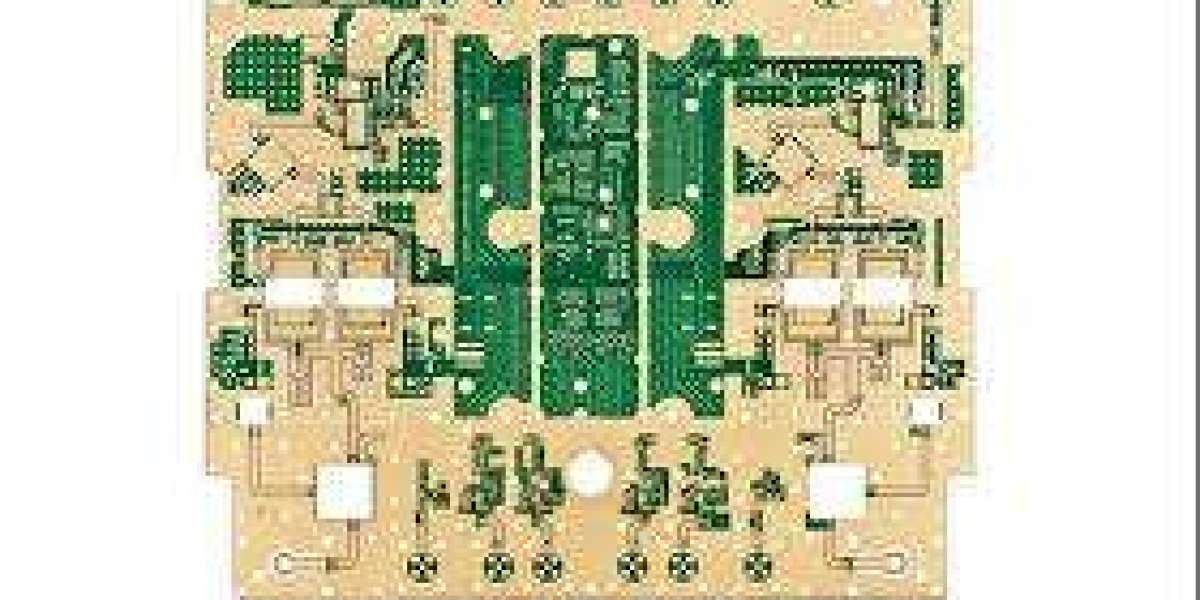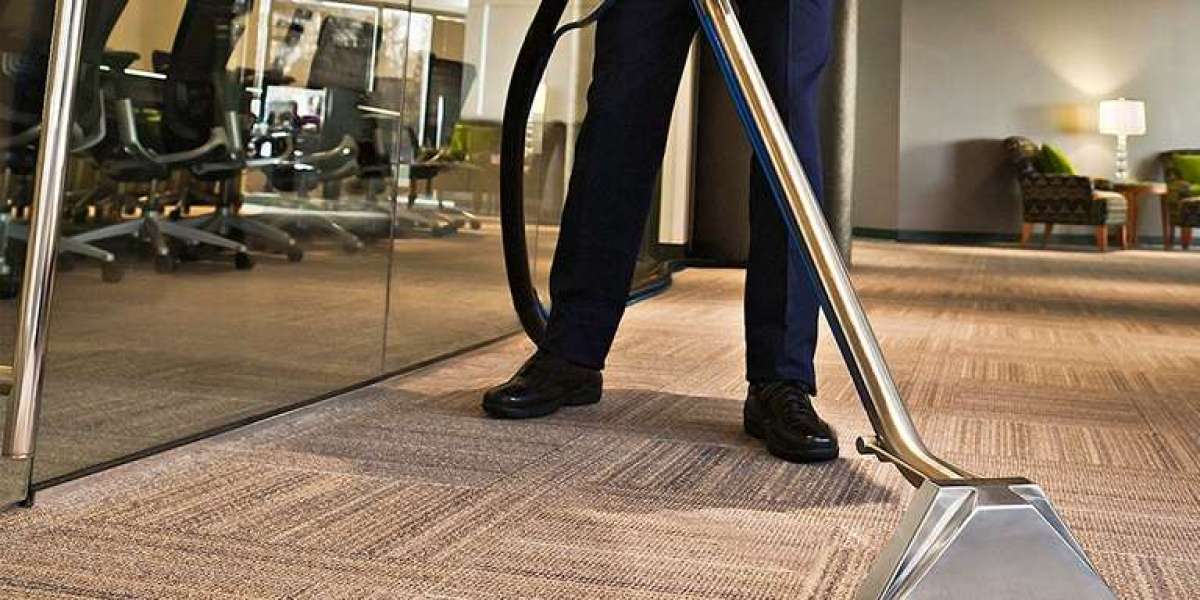In today’s fast-paced electronics industry, the demand for high-frequency circuit boards continues to grow. From 5G communication devices to aerospace radar systems, performance and reliability depend heavily on how well a printed circuit board (PCB) can maintain signal quality. Among the advanced materials available, Teflon PCB’s stand out as an ideal choice for RF (radio frequency) and microwave applications. Their unique properties make them essential for reducing signal loss, maintaining impedance control, and ensuring stable performance at high frequencies.
Why Signal Integrity Matters in RF and Microwave Systems
Signal integrity refers to the ability of an electrical signal to travel across a circuit without distortion or degradation. In RF and microwave circuits, where signals often operate at frequencies above 1 GHz, even minor interference can lead to performance issues such as:
Increased insertion loss
Phase instability
Crosstalk between transmission lines
Reduced system efficiency
Ensuring excellent signal integrity is crucial for applications like radar, satellite communications, wireless networking, and defense electronics. The choice of PCB substrate material plays a central role in achieving this.
Unique Properties of Teflon Materials
Teflon, a polytetrafluoroethylene (PTFE) material, has characteristics that make it particularly well-suited for high-frequency circuits:
Low Dielectric Constant (Dk): Teflon has a stable dielectric constant (around 2.1), which ensures minimal signal delay and predictable performance.
Low Dissipation Factor (Df): The material minimizes signal loss over long distances, making it ideal for microwave transmission.
Thermal Stability: Teflon can withstand extreme temperature variations without significantly altering its electrical properties.
Chemical Resistance: This ensures durability in harsh environments, including aerospace and defense applications.
These attributes enable circuit designers to build boards that can maintain signal clarity at frequencies exceeding 10 GHz.
How Teflon PCB’s Enhance Signal Integrity
1. Reduced Signal Loss
Traditional FR-4 boards struggle with high-frequency signals due to higher dissipation factors. Teflon substrates, however, allow signals to travel with minimal attenuation, preserving energy and ensuring that transmitted signals reach their destination with high fidelity.
2. Stable Impedance Control
RF and microwave designs often require precise impedance matching to avoid reflections and power loss. Teflon materials provide consistency in dielectric properties, which helps maintain uniform impedance across traces. This directly improves overall system reliability.
3. Improved High-Frequency Performance
Because of their low dielectric constant, Teflon substrates allow signals to move faster and with fewer delays. This feature is critical in devices where response time is everything, such as radar systems and satellite communication modules.
4. Minimized Crosstalk and Interference
Signal interference between adjacent lines can cause distortion in microwave circuits. Teflon PCB’s, with their superior insulating properties, reduce coupling effects and maintain the purity of transmitted signals.
Key Applications in RF and Microwave Industries
The unique ability of Teflon PCB’s to maintain signal integrity makes them indispensable in several high-frequency applications:
5G Base Stations: Delivering faster and more reliable communication.
Aerospace Radar Systems: Enhancing accuracy in navigation and defense technologies.
Satellite Communications: Supporting long-distance, high-bandwidth transmission.
Medical Imaging Devices: Enabling high-resolution diagnostics with minimal signal distortion.
Wireless Networking Devices: Improving connectivity and performance in IoT and broadband systems.
Design Considerations for Engineers
While Teflon offers superior electrical performance, engineers must account for certain challenges in the manufacturing process:
Drilling and Plating: PTFE materials are softer than FR-4, requiring specialized processes to achieve clean via walls and reliable plating.
Dimensional Stability: Teflon expands more under heat, making tight tolerances challenging without proper design adjustments.
Cost Factor: Compared to conventional boards, Teflon PCBs are more expensive, but the benefits in high-frequency applications outweigh the added investment.
By working with experienced PCB manufacturers who specialize in high-frequency boards, engineers can overcome these challenges and fully leverage the advantages of Teflon.
Future Outlook
As industries like telecommunications, aerospace, and defense continue pushing the boundaries of speed and performance, the importance of advanced PCB materials will only increase. Teflon’s role in enabling high-frequency applications makes it a cornerstone of next-generation electronic design.
By delivering stable dielectric properties, low signal loss, and reliable high-frequency performance, Teflon PCB’s are set to remain the go-to solution for engineers focused on maintaining superior signal integrity.







